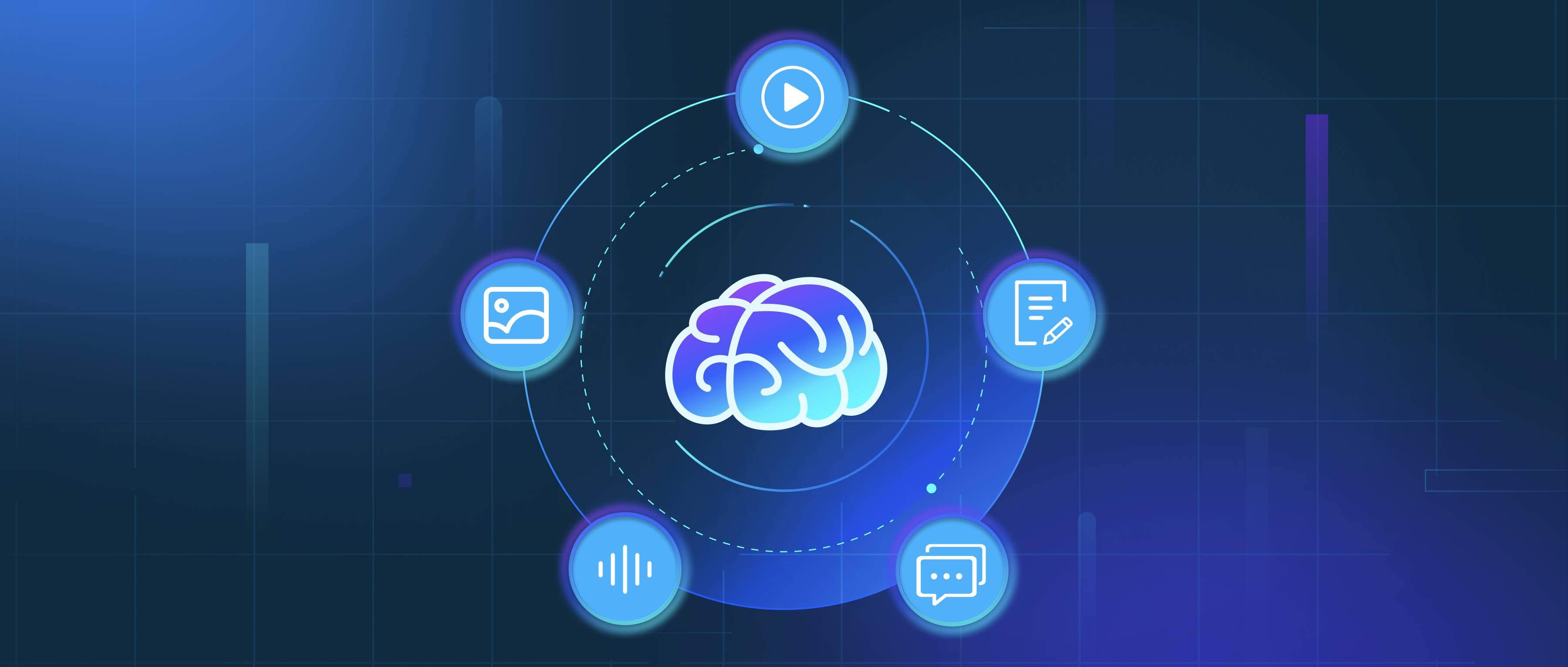To implement clustering with embedding models, start by converting your data into numerical vectors using an embedding model, then apply a clustering algorithm to group similar vectors. Embedding models transform raw data (text, images, etc.) into dense vector representations that capture semantic relationships. For example, a text embedding model like Sentence-BERT can convert sentences into 768-dimensional vectors where similar sentences are closer in the vector space. Once embeddings are generated, use algorithms like K-means, DBSCAN, or hierarchical clustering to identify groups. This approach is useful for tasks like organizing documents, customer segmentation, or detecting anomalies.
First, generate embeddings tailored to your data type. For text, use pre-trained models like all-MiniLM-L6-v2 from the sentence-transformers library. For images, models like ResNet or CLIP provide robust embeddings. Here’s a Python example using text embeddings:
from sentence_transformers import SentenceTransformer
model = SentenceTransformer('all-MiniLM-L6-v2')
sentences = ["First sentence", "Second sentence", ...]
embeddings = model.encode(sentences)
Ensure embeddings are normalized (scaled to unit length) using sklearn.preprocessing.normalize, as many clustering algorithms perform better with normalized data. This step reduces the impact of vector magnitude on distance calculations.
Next, choose a clustering algorithm. K-means is straightforward but requires specifying the number of clusters (k). Use the elbow method or silhouette analysis to determine k. For datasets with varying cluster densities or unknown cluster counts, DBSCAN or HDBSCAN are better choices. For example, using K-means with sklearn:
from sklearn.cluster import KMeans
kmeans = KMeans(n_clusters=3, random_state=0)
clusters = kmeans.fit_predict(embeddings)
If working with large datasets, consider MiniBatch K-means for faster execution. For high-dimensional data, dimensionality reduction techniques like UMAP or PCA can improve results before clustering.
Finally, evaluate and refine clusters. Metrics like the silhouette score (higher values indicate better separation) or Davies-Bouldin index (lower values are better) quantify cluster quality. Visualize clusters using tools like t-SNE or Plotly to validate groupings. For example, plotting clusters in 2D:
from sklearn.manifold import TSNE
import matplotlib.pyplot as plt
tsne = TSNE(n_components=2)
reduced_embeddings = tsne.fit_transform(embeddings)
plt.scatter(reduced_embeddings[:,0], reduced_embeddings[:,1], c=clusters)
plt.show()
Adjust hyperparameters (e.g., eps in DBSCAN) or try alternative algorithms if clusters are unclear. Practical considerations include computational resources (some algorithms scale poorly with data size) and interpreting results—for example, labeling clusters by analyzing their most frequent terms (in text) or representative samples.
